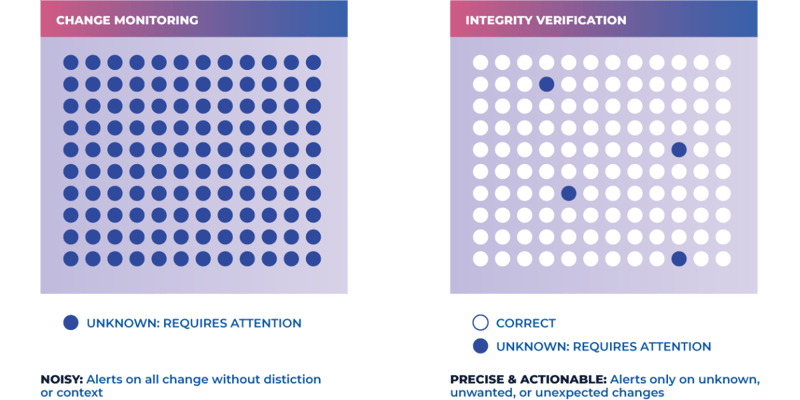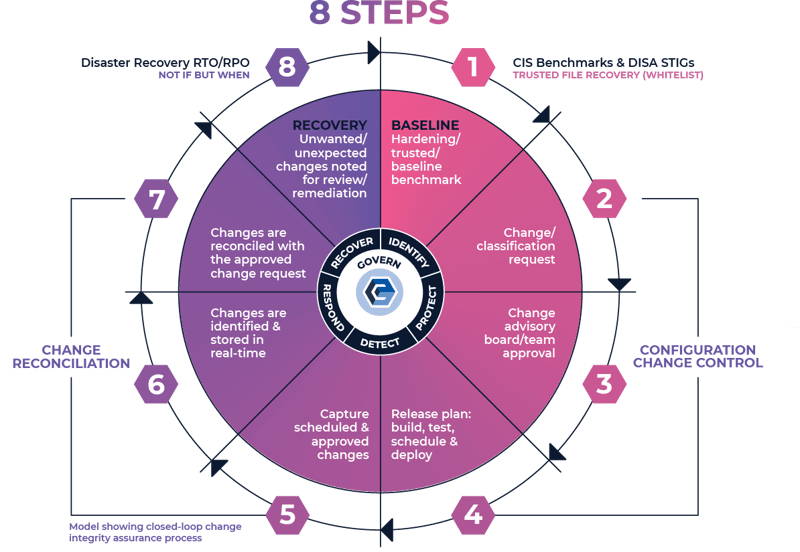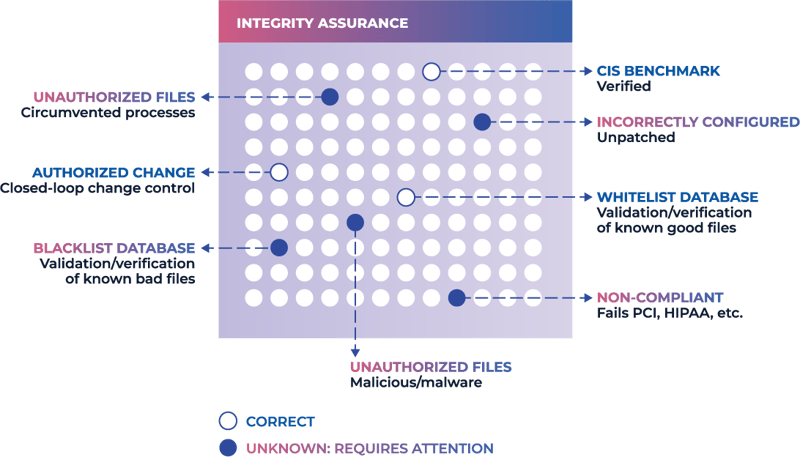Most File Integrity Monitoring vendors don't talk about integrity.
Some compliance frameworks "require" integrity but give no guidance on how to achieve it.
Why? Because it's boring.
It's more exciting (and profitable) to focus on shiny tools than focus on the fundamentals. But this puts the blame on the shoulders of cybersecurity teams—when it should be somewhere else.
"Cybersecurity has been treated like wizardry. If you treat it like wizardry, the only defense is more wizardry. You need flashy tools and insight into what come hacker is doing in another country. Honestly, most of this stuff is overblown in terms of its value. You can't give a program based on wizardry. You need discipline and management and repeatability and data and science behind it."
— Tony Sagar, SVP & Chief Evangelist at The Center for Internet Security (CIS)









.png?width=200&height=100&name=Network%20Devices%20(2).png)

.png?width=200&height=100&name=Databases%20(4).png)







